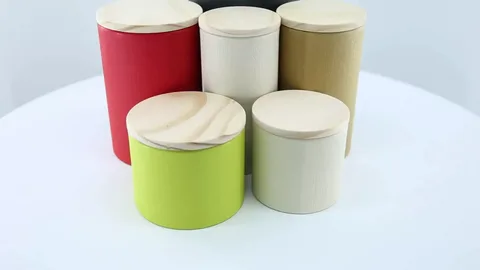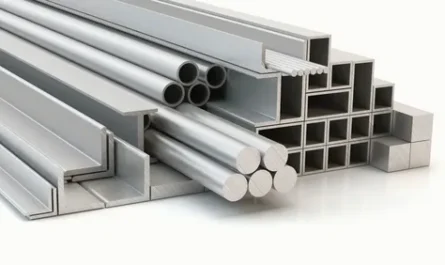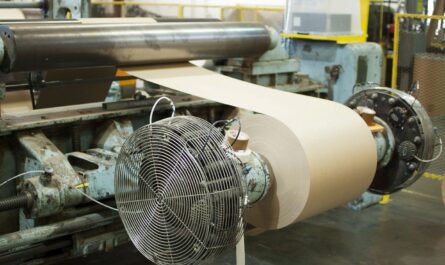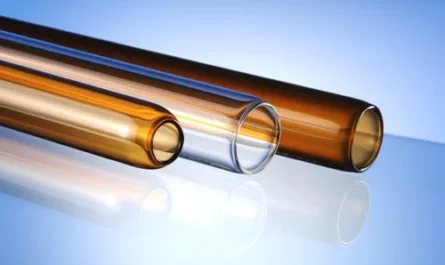History and Evolution
Tube packaging has come a long way since it was first introduced in the early 19th century. One of the earliest uses of tubes was for containing paints and other viscous liquids. Traditional metal tubes were heavy and not very portable. Through the late 1800s and early 1900s, innovations in materials and manufacturing processes led to the development of modern plastic and laminate tubes. By the mid-20th century, advancements like extrusion and combination barrier layer techniques made tubes much more versatile and suitable for various products beyond paints.
In the 1970s, as environmental concerns grew, manufacturers started using lighter plastic resins and thinner gauges to reduce material usage. Additional functionality was also incorporated through the adoption of single- and multi-layer laminate structures. These allowed tubes to better protect contents from moisture, oxygen, and UV light. Self-sealing and re-closable ends further enhanced portability and extended product shelf life. By the 1990s and 2000s, digital printing technologies enabled sophisticated, multi-color tube labeling and customizing. Today, Tube Packaging are produced globally at large scales to packaging requirements across numerous industries.
Benefits of Using Tube Packaging
There are many compelling reasons why tube packaging has become the container of choice for various product types. Some key benefits include:
– Sustainability: Tubes use 30-50% less plastic compared to alternative pack styles like jars. They also allow more products to be transported using less space in trucks and shipping containers. Reduced material and transport footprint makes tubes an eco-friendly option.
– Portability: Unlike boxes or bulky bottles, lightweight and compact tubes easily fit in pockets, purses or bags. Their cylindrical shape and slim profiles make transporting and storing product very convenient.
– Product Protection: Barrier layer tube construction safeguards contents from moisture, oxygen, light exposure and other environmental factors better than open containers. This extends shelf life without need for preservatives.
– Dispensability: Whether squeeze bottles or roll-up tubes, the format allows controlled and hygienic dispensing of creams, gels or pastes without mess. No need for additional applicators.
– Customization: Flexible digital printing on tubes facilitates versatile promotional tools. Dynamic designs, labels and images can communicate brand messages effortlessly.
– Tamper Evidence: Most modern tubes have non-resealable ends or breakaway seals to deter product tampering. This instills confidence in consumers.
Industries Leveraging Tubes for Packaging
Given their advantages, tubes have found wide adoption across industries for packaging various product types. Here are some examples:
Personal Care: Complexion creams, deodorants, hair styling gels, and many other personal care items are packaged in modern plastic tubes. Lightweight and portable tubes are ideal for on-the-go usage. Cosmetic tubes also serve as effective promotional tools through vibrant labeling.
Cleaning & Hygiene: From window cleaners and disinfectant sprays to handwash lotions and soaps, tube format delivers these harsh chemicals safely without spill risk. Users can dispense precise amounts efficiently as required.
Food & Beverages: Specialty foods like condensed soups, pasta sauces, icings etc. have shelf stable extended lives in laminate tubes. Tubes are also being used to package edible pastes and beverage components like honey, Nutella, coffee creamers and more.
Automotive: Greases, lubricants, adhesives and chemical additives are routinely distributed in assorted sizes of plastic and aluminum tubes catering to automotive servicing needs. Transport safety and dispensability are key factors.
Healthcare: Tubes of ointments, gels, creams etc find widespread application in pharmaceuticals and medical sectors. Consistent dosing, tamper resistance and contamination prevention properties are valued.
Industrial Goods: From glues, sealants and paints to specialty chemical coatings – tubes are preferred for B2B packaging for their logistical benefits. Wide mouths facilitate dispensing onto assembly lines or large scale applications.
Future Outlook and Sustainability Focus
Going forward, Tube Packaging manufacturers will emphasize further advances in sustainability and functionality. Use of post-consumer resins and renewable bioplastics will bring down carbon footprint. Lighter weight laminates with improved barrier properties will need less plastic. Design optimization via modeling can reduce excess material even more. Self-diagnosing smart tubes may communicate product requirements to recycling facilities for targeted processing. Emphasis will also be on reuse models through standardized refill pouches that clip onto existing tubes. Overall, the flexible tube format brings numerous packaging and marketing advantages driving continued innovation towards a circular economy future.
*Note:
1. Source: Coherent Market Insights, Public sources, Desk research
2. We have leveraged AI tools to mine information and compile it




